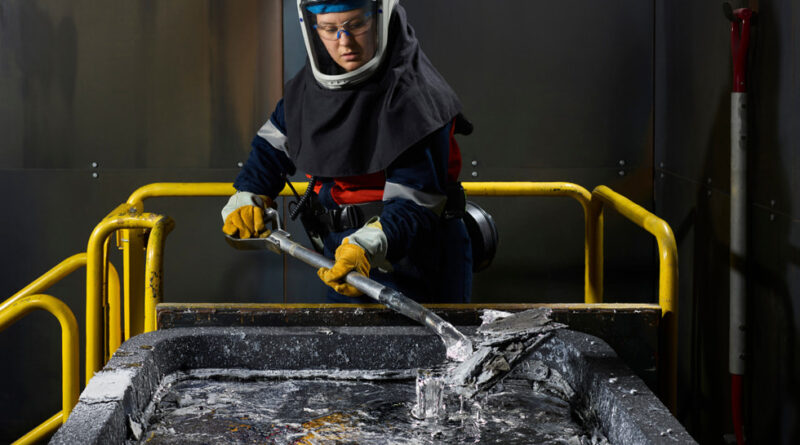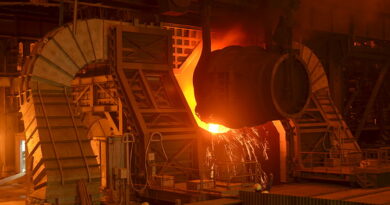Why metals have to turn green
Metals are indispensable for humankind. Yet metal production accounts for around ten percent of global greenhouse gas emissions, which contributes significantly to global warming.
1.5 degrees: For years now, hardly any other number has been such a hot topic of debate. What’s meant by it is that 1.5 degrees centigrade is the average target figure for the amount of global warming that ought take place between 1850 and 2100. The year 1850 is taken as the reference point because it marks the start of industrialization. This alone shows how important the role that global industry will play in general in the years ahead in our quest to achieve global climate objectives.
The metals industry has a key position here: After all, the production of metals makes up between eight and ten percent of all global greenhouse gas emissions. The figures vary depending, among other things, on whether the calculation takes into account the production of ores and other raw materials that are ultimately used to manufacture metals.
The spotlight here is especially on the steel industry: Around seven percent of worldwide CO2 emissions are caused by steel production alone. In order to grasp the implications of this, it is worth making two comparisons: global road traffic makes up about twelve percent of all greenhouse gas emissions. And around eleven percent of total CO2 emissions are from heating homes all around the world. Which begs the question: What exactly causes such high CO2 emissions during metal production?
Energy-intensive processes
CO2 emissions are generated even before the aluminium, copper or steel is actually made, namely during the mining and processing of the ores. The ores obtained from open-pit or underground mining have to be processed in several stages to increase the metal content and prepare them for the metallurgical processes.
This is followed by other energy-intensive processes during the actual manufacture of aluminium, copper, or steel. Pure aluminum is obtained through the electrolysis of molten aluminium oxide. Electrolysis is a process in which electrical energy is converted into chemical energy using electricity. It’s a similar story with copper production: The first step is to recover raw copper from the copper ores by roasting. The raw copper is then cleaned by electrolysis to produce pure copper. This process is also referred to as electrorefining. In other words, electrolysis used in copper and aluminum production requires large quantities of electrical energy. Depending on how the electricity is generated, this process creates a significant amount of CO2.
Steelmaking also has an energy-intensive process, even if it is different compared with copper and aluminum production. In the first step, crude iron is usually recovered from iron ore in a blast furnace. At the same time, the iron-oxygen compounds in the ores are dissolved. Carbon monoxide, which is produced by burning coke in the blast furnace itself, is used as a reducing agent. Out of all the stages in the production of steel, this chemical process causes most CO2.
It should be noted here that, regardless of whether it’s steel, copper or aluminum, all three processes generate greenhouse gas emissions. The following table shows how where emissions levels stand for mining, processing and manufacturing:
Metals are part of the solution
Two things have become clear so far: It is impossible to imagine our day-to-day lives without metals – a fact that was highlighted in the first part of our series. Yet the manufacturing process generates considerable quantities of CO2. The good news is: when it comes to achieving global climate targets, metals are part of the solution. After all, the environmental transition requires fundamental changes in several areas. Wind farms, for example, are a major factor in the production of electricity from renewable energy sources. The expansion of rail transport can also drastically reduce CO2 emissions. In addition, electromobility is the global key to more climate-friendly traffic. All of these measures have one thing in common: They cannot be implemented without the use of metals. Without steel, there cannot be any expansion of wind power or of the rail network. Without copper, the transition to electromobility will not succeed. And without aluminum – that is, without lightweight components – hardly any emissions can be cut, particularly in the transport sector.




